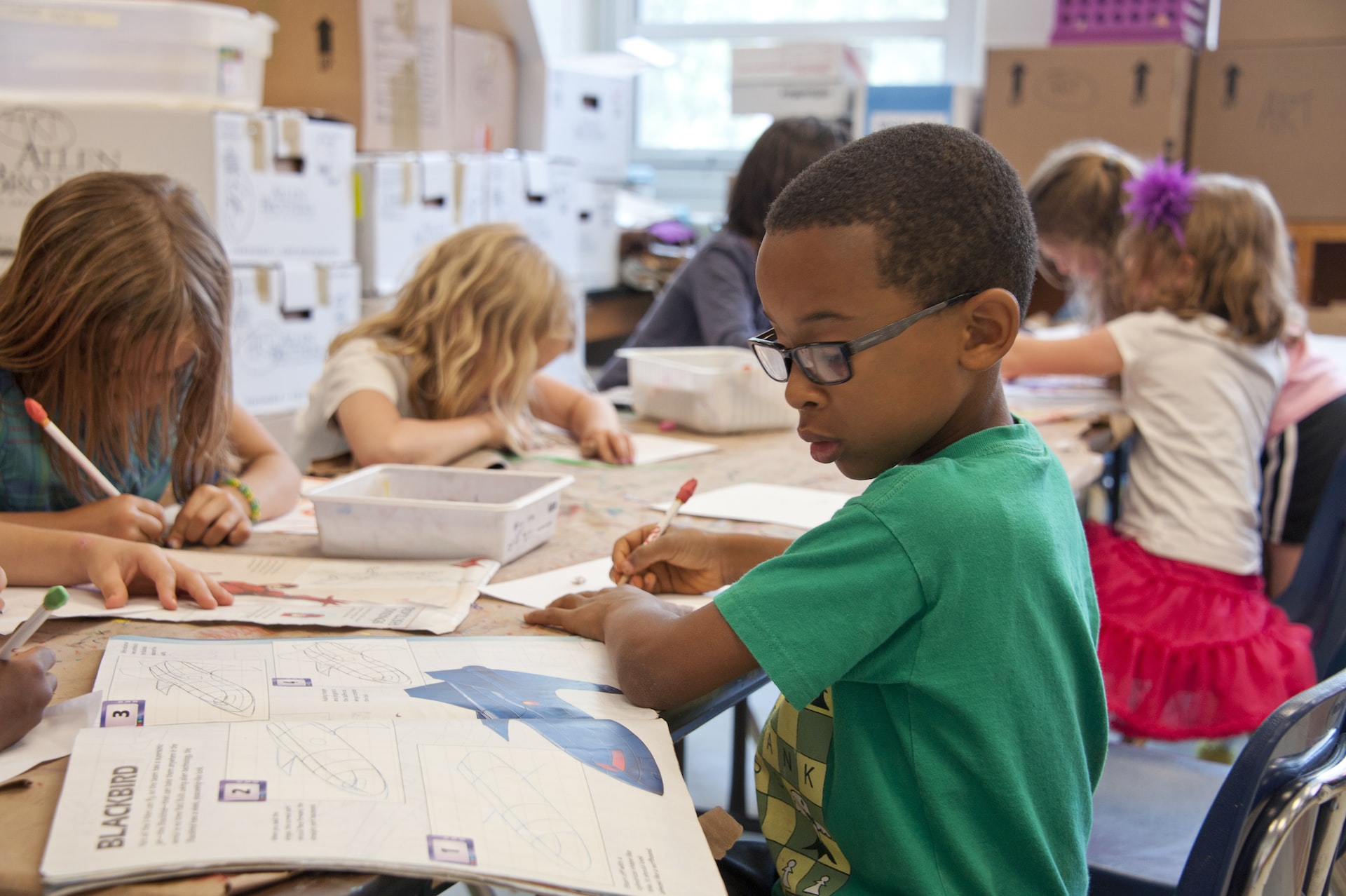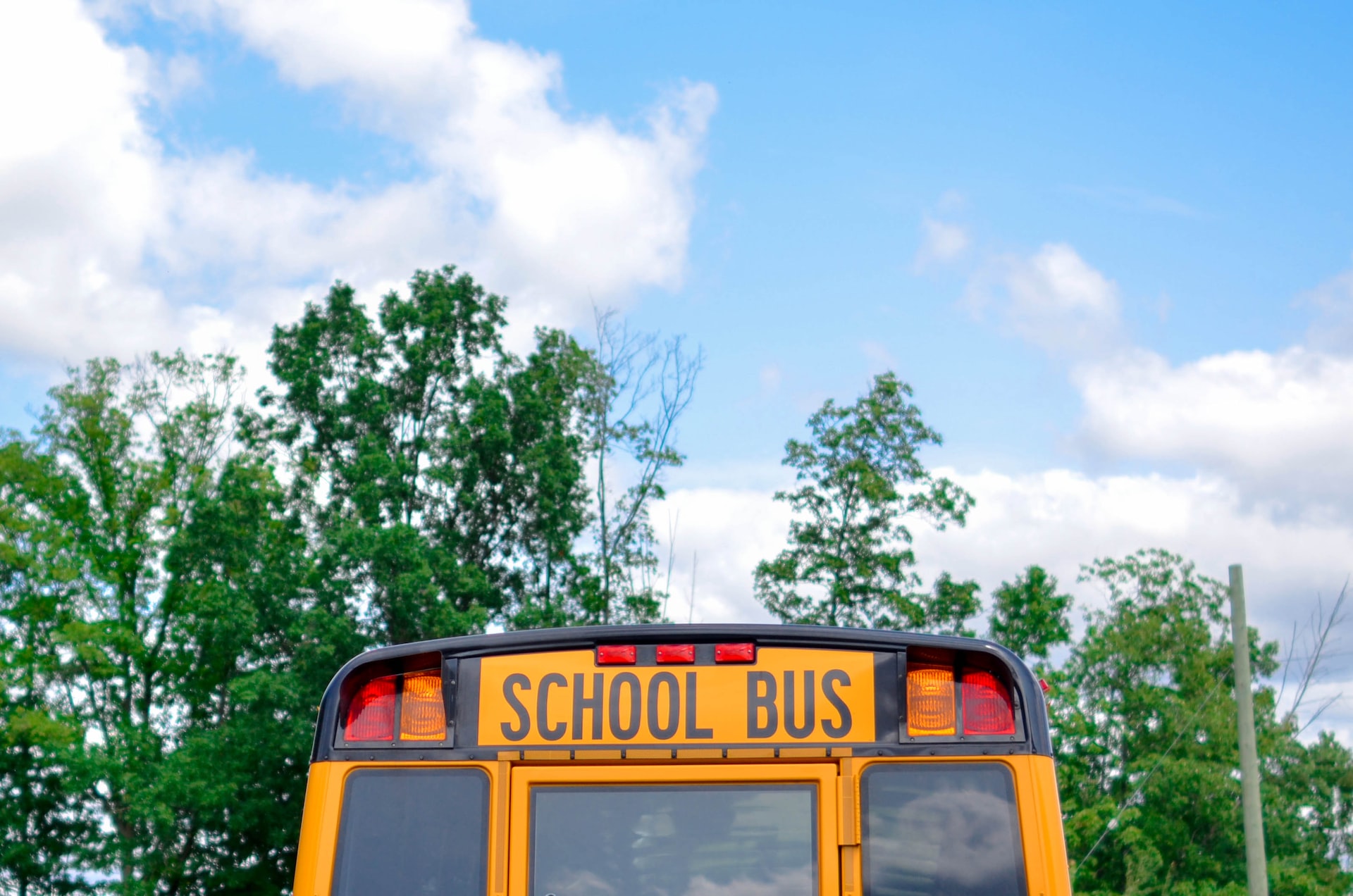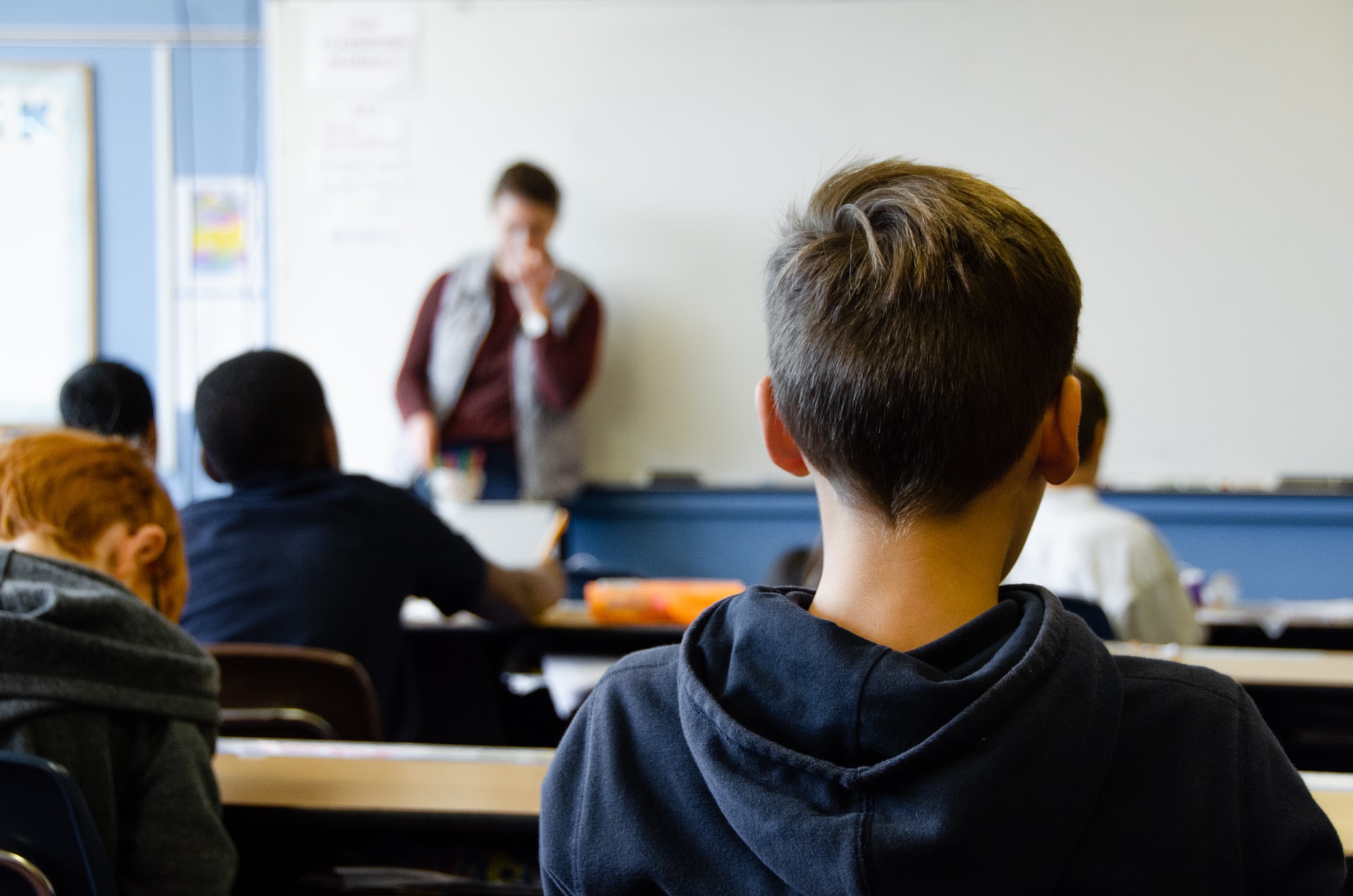Bullying is a serious and significant problem that affects our children and so bullying prevention is a topic parents should understand. It is a form of violence that can have a lasting negative effect on the health of the person bullied, and the bully. In essence, bullying is when the more powerful party repeatedly acts in a way that hurts and distresses the person targeted.
 Harm can be inflicted on the victim in a wide variety of ways, some examples include: physically, through hitting, shoving, and tripping; psychologically, through teasing and name-calling, as well as social harm through spreading rumors or excluding someone from the group. Damage to the victim’s property is also understood to be bullying.
Harm can be inflicted on the victim in a wide variety of ways, some examples include: physically, through hitting, shoving, and tripping; psychologically, through teasing and name-calling, as well as social harm through spreading rumors or excluding someone from the group. Damage to the victim’s property is also understood to be bullying.
Unfortunately, bullying is not limited to physical interactions but can be done through any means of communication including social media. This is known as cyberbullying or electronic bullying.
Bullying is a widespread problem.
The repeated nature of victimization and the significant adverse effects of bullying on all parties involved makes the fact that bullying is fairly common all the more tragic. It is not simply the victim and perpetrator who are negatively impacted but the bystanders too.
The Centre for Disease Control and Prevention found that 25% of high school students admitted to being bullied while at school while more than 15% of high school students said they were bullied electronically. Another way to understand this is to say that of your child and their four friends, one has been bullied while at school.
As bullying is dependent on a power imbalance, logically, some youths are bullied more than others. It happens across genders and cultures, throughout childhood and adolescence. If you or someone you know is struggling with the effects of bullying, reaching out to a counselor at Flower Mound Christian Counseling can provide support and guidance.
Consequences.
The effects of bullying range from physical injury to social and emotional distress, it can create an environment for self-harm and in severe cases even death. Bullying not only increases the risk of decreased academic achievement and of not finishing Grade 12 but may also catalyze sleeping difficulties, anxiety, and depression.
 Bullies are often found to experience violence in high school and as an adult, have trouble studying and have a higher risk of substance abuse. Those bullies who are themselves bullied are found to suffer the most serious consequences and run a higher risk of future mental health and behavioral problems.
Bullies are often found to experience violence in high school and as an adult, have trouble studying and have a higher risk of substance abuse. Those bullies who are themselves bullied are found to suffer the most serious consequences and run a higher risk of future mental health and behavioral problems.
Bullying prevention.
The good news is that bullying prevention is possible. However, to do this effectively we must understand and resolve the factors that may increase or decrease the risk of bullying taking place, and what the factors are that protect from bullying or make some individuals more likely to experience it.
Experts find that as different types of violence are linked and are commonly caused by the same thing. In the case of bullying, it is enabled by shared risk and protective factors. Experts believe that stopping one type of violence will influence and help prevent other types of violence.
How parents, school staff, and others can prevent bullying.
Adults linked in any way to an environment where bullying takes place, be it as a parent, a member of staff at a school, or simply by caring about the physical and mental health of children and teenagers, can set the scene for to prevent bullying.
Bullying prevention through awareness.
If a child understands what bullying is, that it is unacceptable, and where and how to get help, they are more able to safely and effectively stand up for themselves and others.
By giving a child a sense of confidence that they can approach an adult they trust should they ever be bullied or see  others being bullied, they can access the comfort, support, and advice of this adult in their moment of vulnerability. Children should be encouraged to report bullying if it happens.
others being bullied, they can access the comfort, support, and advice of this adult in their moment of vulnerability. Children should be encouraged to report bullying if it happens.
Adults can also discuss how they can stand up and be assertive to those who bully them, such as saying “stop” clearly and directly at the perpetrator in a confident way, using humor to diffuse the situation or, when these actions do not have the desired effect, to walk away.
Ways to stay safe by staying near adults, or with a group of other children, should also be discussed. Importantly, should they witness bullying, children should show kindness to the victim or get help.
Talk often with children.
Whether you are a parent or someone who shows care toward a child, studies find that children in your care do depend on you for advice and assistance as they make difficult decisions. Approximately fifteen minutes each day should be spent in discussion with each child in a one-on-one setting where they are in a position to be encouraged to share any problems they are experiencing. Conversation-starting questions about a child’s day and emotions can include:
- What happened today that made you feel either mad, sad, or glad?
- What do you enjoy the most about school?
- What things do you especially enjoy doing?
- Is the school bus fun to ride? What are the types of things that happen during the trip?
- What did you have for school lunch? Who do you normally share lunch with? What do you discuss during lunch?
Having regular times of discussion and conversation will show parents and caregivers how any issues of bullying may be impacting children. It is also important to talk about bullying directly and make the child aware that should any problem develop, they are not alone.
When you next have the opportunity, try some of these conversation-starter questions related to bullying and see where the conversation goes:
- Can you remember any times when you were scared to go to school because of someone acting in a mean way, over and over again?
- Have there been any bullying situations that you have tried to change?
- How would you explain bullying to a younger child?
- What do people who bully do?
- What actions do you think parents can take to make the bullying stop?
- When you see bullying going on, what do you usually do?
- Have you or someone you know tried to help someone who was being bullied? What happened? What would you do if you were in the same situation again?
- Are there any times when you and your friends ignored other kids and excluded them? Do you think this is a type of bullying or not?
- Have you ever seen people at your school being bullied? What are the feelings you have during those times?
- Why do you think some people bully and others don’t?
- When it comes to things like bullying, who are the adults you trust the most?

Staying aware of what happens in the life of your child at school can be done in a variety of other ways. Besides reading and discussing class newsletters and school flyers, you can: visit the school website; attend school events; start forming a friendship with the school bus driver; reach out to your child’s teacher; attend teacher-parent days; and, share your number with other parents at the school.
Build confidence in your child.
By helping children take part in hobbies and events, and pursue interests they enjoy, they are given a chance to have fun and meet others who share their passions. By volunteering, playing sports, singing in a chorus, and joining a youth group or club at school they are in environments that build confidence and establish friendships, both of which are a type of protection against bullying and standing up to bullying.
Kindness and respect are taught not caught.
Adults can show the children in their lives that bullying and aggressive behavior have no place in the life of someone who treats others with kindness and respect. Children are always watching, even when it seems like they are not. They will notice how you deal with conflict, stress, and difficult situations around your friends, colleagues, and families.
Christian counseling for bullying prevention
If you’re looking for additional help for bullying prevention beyond this article, please browse our online counselor directory or contact our office at Flower Mound Christian Counseling to schedule an appointment. We would be honored to walk with you toward a place of healing and hope.
“Classroom”, Courtesy of Kenny Eliason, Unsplash.com, CC0 License; “Studying”, Courtesy of CDC, Unsplash.com, CC0 License; “School Bus”, Courtesy of Elemnt5 Digital, Unsplash.com, CC0 License; “Lecture”, Courtesy of Taylor Flowe, Unsplash.com, CC0 License
-
Kate Motaung: Curator
Kate Motaung is the Senior Writer, Editor, and Content Manager for a multi-state company. She is the author of several books including Letters to Grief, 101 Prayers for Comfort in Difficult Times, and A Place to Land: A Story of Longing and Belonging...
DISCLAIMER: THIS ARTICLE DOES NOT PROVIDE MEDICAL ADVICE
Articles are intended for informational purposes only and do not constitute medical advice; the content is not intended to be a substitute for professional medical advice, diagnosis, or treatment. All opinions expressed by authors and quoted sources are their own and do not necessarily reflect the opinions of the editors, publishers or editorial boards of Stone Oak Christian Counseling. This website does not recommend or endorse any specific tests, physicians, products, procedures, opinions, or other information that may be mentioned on the Site. Reliance on any information provided by this website is solely at your own risk.





